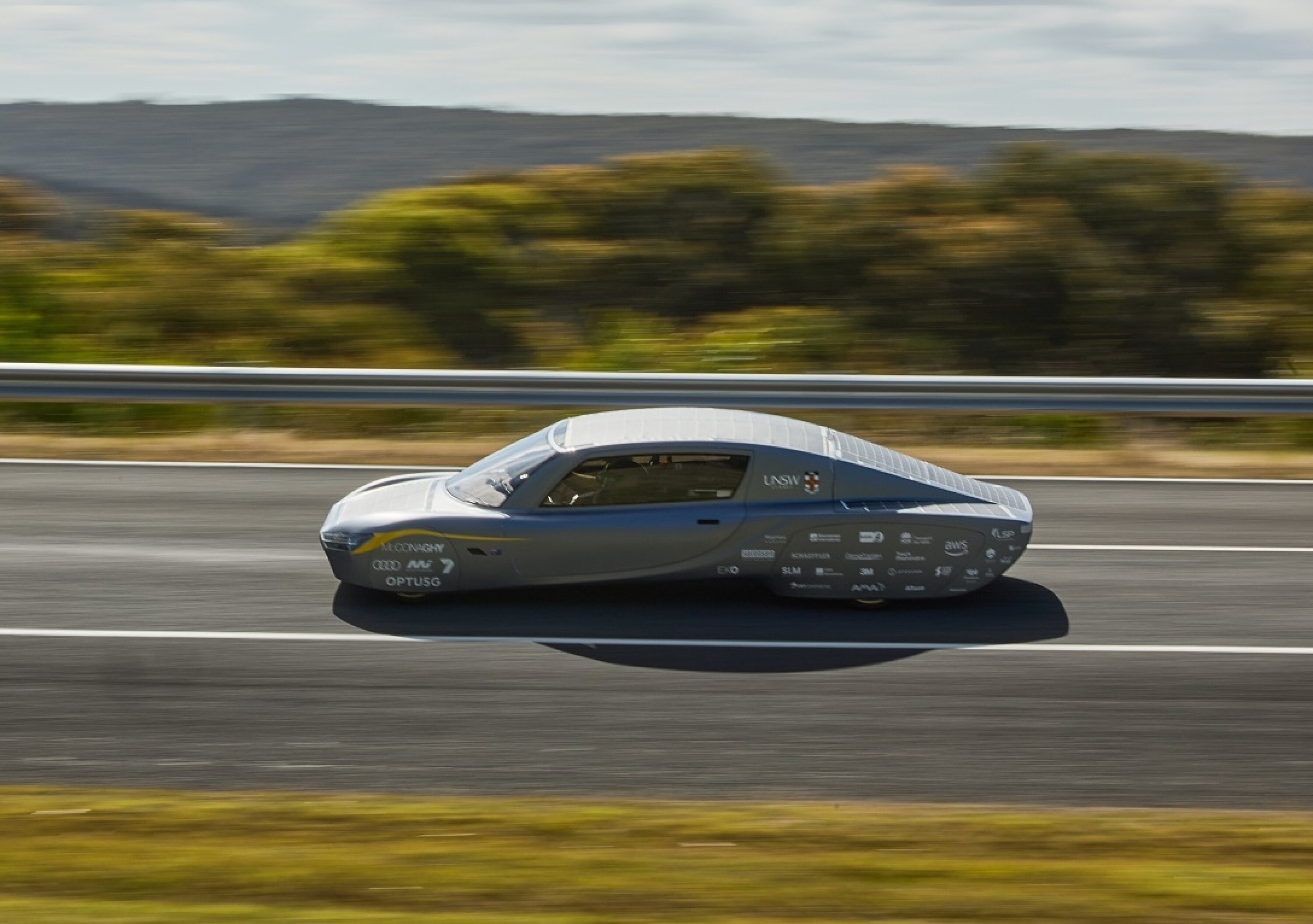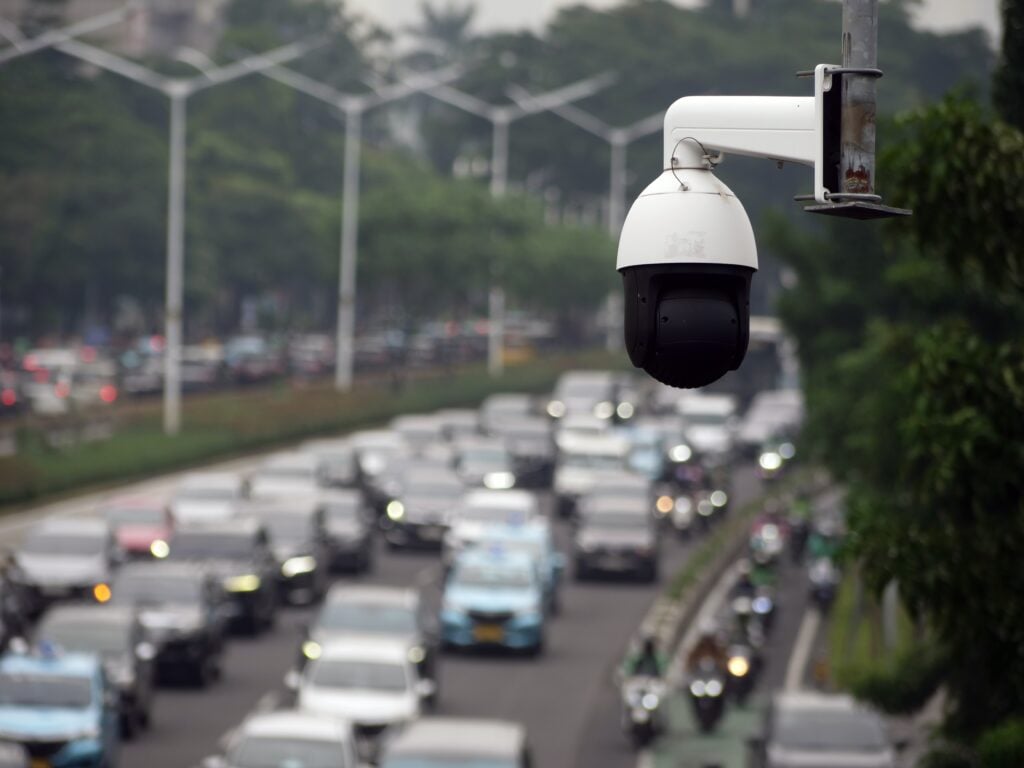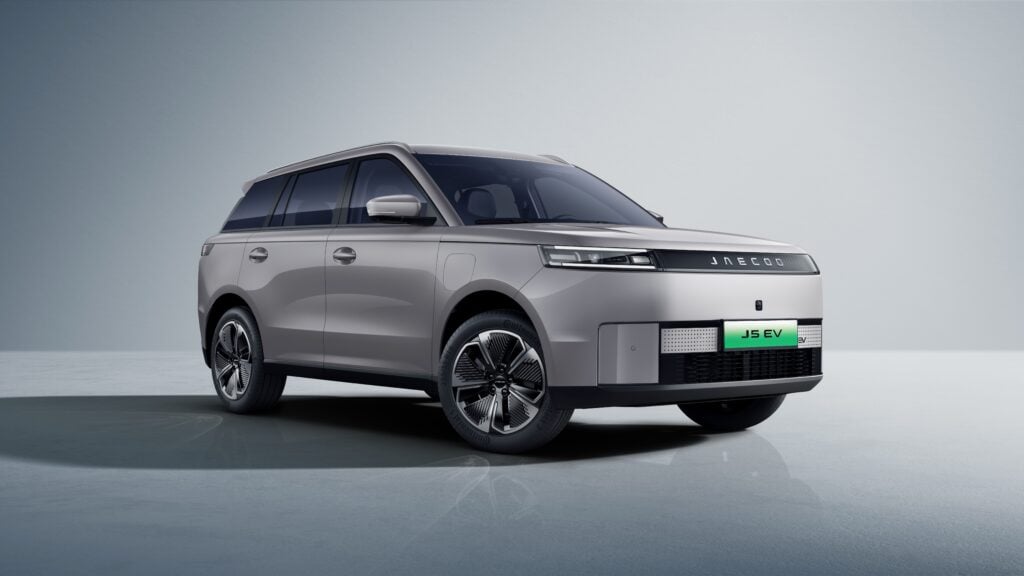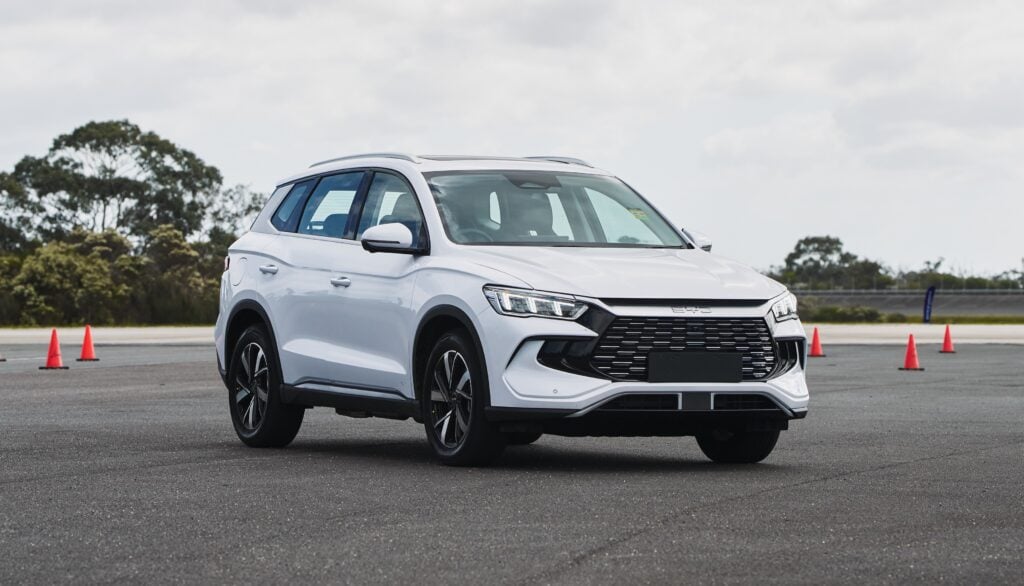Professor Richard Hopkins and one of the students involved in UNSW’s Sunswift solar project, chief strategist Luke Tedesco, sit in front of me quietly confident that they’re in for a win at this year’s Bridgestone World Solar Challenge [↗] held in Australia between 22-29 October.
Coming off the back of a Guinness World Record as the fastest EV to cover 1000km, the Sunswift 7 is a solar-powered, carbon-fibre, battery-electric racer built by a team of 100 engineering students with help from Amazon AWS. Richard and Luke are telling me that the 3020km route from Darwin to Adelaide should be a walk in the park for the car’s piddly 38kWh battery.
With a drag coefficient of 0.09 (a Mercedes-Benz EQS is rated at 0.202Cd), ceramic wheel bearings, and low rolling resistance rubber, the $1.2 million Sunswift 7 can travel 1200km on battery power alone using 3.3kWh/100km. Add the 4.5m2 of solar array on the roof and bonnet that generates 700-750 watts into the mix and you’ll get another 400km driving range in the beaming sun. A fair bit more effective than the Genesis G80 Electrified’s panels.
“But it cost $1.2 million to produce”, admits Richard, “so it is that high performance, high efficiency. It wasn’t designed to be a production car, it was designed to be a demonstration of what is possible [within the regulations]”.
I think it’s time we changed and moved with the times. I’ve got a team of 100 students who are screaming out to do other things
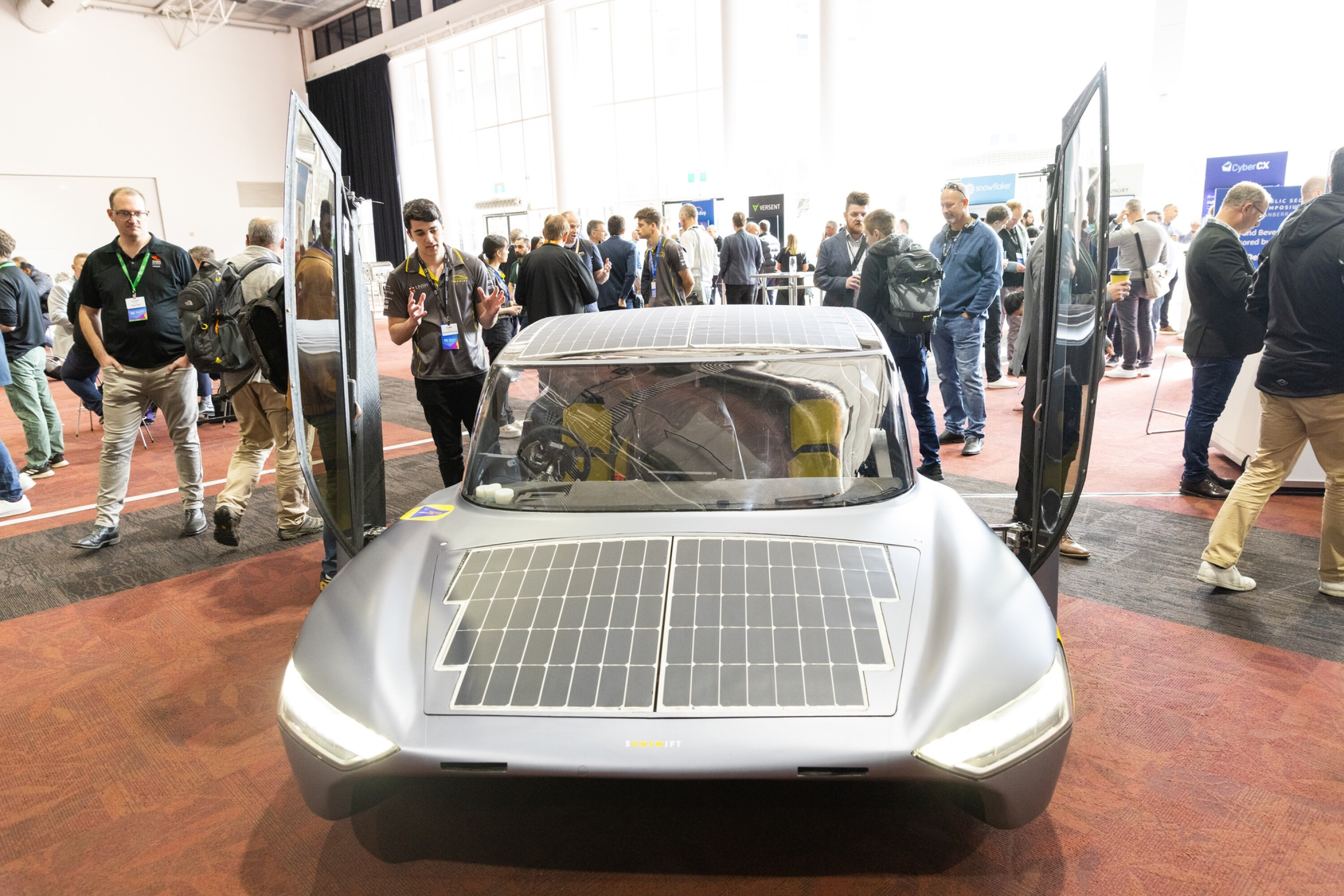
Setting lofty goals is what Sunswift’s undergraduate-led program is all about, and the team is confident they’ve amassed the tech and strategy smarts to cream the global competition.
“The world record would not have been possible without AWS. We’ve got amazing minds like Luke, and we’ve got amazing minds as well with AWS. Put them both together and It’s incredible what we can achieve as a collective.
“We are looking at the minutiae to develop those strategies across 3020km. With so many variables you can put a plan in place but then wind direction, the amount of sun, you get a flat tire, all these things that are out of our control come along, and it’s how you deal and manage and recover from those and still come out on top”, enthuses Prof Hopkins.
Aside from the car, the amateur team members have to be trained up for driving duties – not for maximum lap time, but smoothness. It’s not Formula 1, but there’s still plenty of skill involved.
“We don’t necessarily have those 20 top drivers [as in F1], the guys and girls who drive our car are students within the team. However, over the last sort of six to 12 months, we’ve gone through quite a selection process”, explains Richard.
There’s nothing on the car that doesn’t need to be on the car
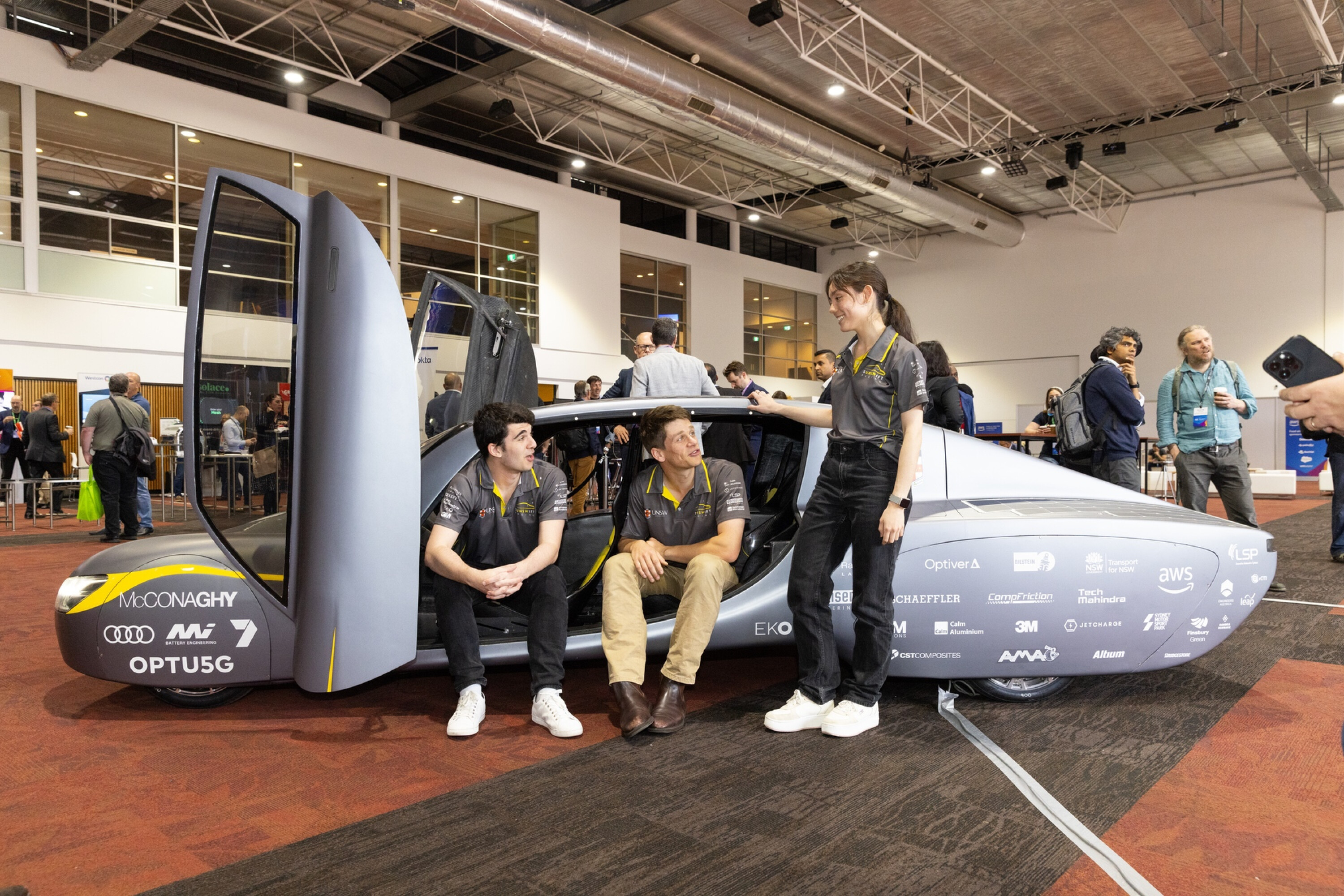
“Driving style is certainly part of it, but driving from Darwin down to Adelaide, it’s all about you being able to hold the steering wheel straight because 95 per cent of the bloody roads are dead straight!”
“Hills are an absolute killer of the battery. So, again, in rural testing, we were going through Dubbo where it starts getting pretty hilly, and our efficiency – I was talking about 3.3kWh/100km before – fell to about 8-9kWh/100km [uphill]… you can really tell how different drivers can manage it, especially going uphill, just how they can minimise loss”, explains strategist Tedesco.
Aside from a freak mountain appearing between Darwin and Adelaide, there won’t be much stopping the single-minded Sunswift 7 from sailing to the finish line – likely in a prime position.
“Rural testing was our first time to see the car on the road and in the hills around Dubbo and Parkes, that [terrain] is way worse than we’re ever going to see in the race, and we were comfortable coming out of that that we’ll easily have the range”, Luke says.
https://www.instagram.com/p/CxDDlH9S7vg/
“You’ve got to remember that these cars are similar to Formula 1 cars.”
“They’re built and designed to absolutely optimise and maximise what they’re designed for, so the weight of the car being 600kg is for a reason – it’s not 650kg. There’s nothing on the car that doesn’t need to be on the car”, says Richard.
It’s pretty much only a mechanical failure, or flat tyre that could stop Sunswift 7 making the finish line and, despite that being comforting to a man with winning in his blood, Richard almost sees this as being less than challenging.
“I’d say it’s a bit of a bugbear, certainly of mine, and I think shared within the team as well that fundamentally the regulations today are very similar – if not the same – as the those from 10, 20, 30 years ago.
“The restrictions on the technologies that can be used are pretty much the same, and I understand why that is. However, I would love to be able to see some greater flexibility within those regulations.
“I think it’s time we changed and moved with the times. I’ve got a team of 100 students who are screaming out to do other things…
“I think we should all be forced to use production tyres, I think we should all be forced to use air conditioning, we should all be forced to not use carbon fibre”, says Richard.
With more of a focus on keeping costs achievable, and the vehicles more production-relevant, the challenge could breed real innovations for the road.
“The public, the consumer, needs to be able to look at [the World Solar Challende] and see it ahead of the curve, not behind the curve”, he opines.
“I’m talking as somebody who works in Supercars [a series] that still uses V8 engines. And actually, the technology in those V8 engines is very, very old – it’s Pushrod technology. It’s not even the latest technology for V8s.
“Supercars needs to really up its game, it needs to be relevant to the consumer, but slightly ahead slightly, almost, what’s the word? desirable.”
“We need to be looking at [how to make consumers say]: ‘Oh, gosh, that’s amazing. I want access to this. I want my next car to have that’, whether that’s solar panels or hydrogen technology – which we’re going to be exploring with the next car – I think there’s lots that organizers could do to give it a bit of a tweak.
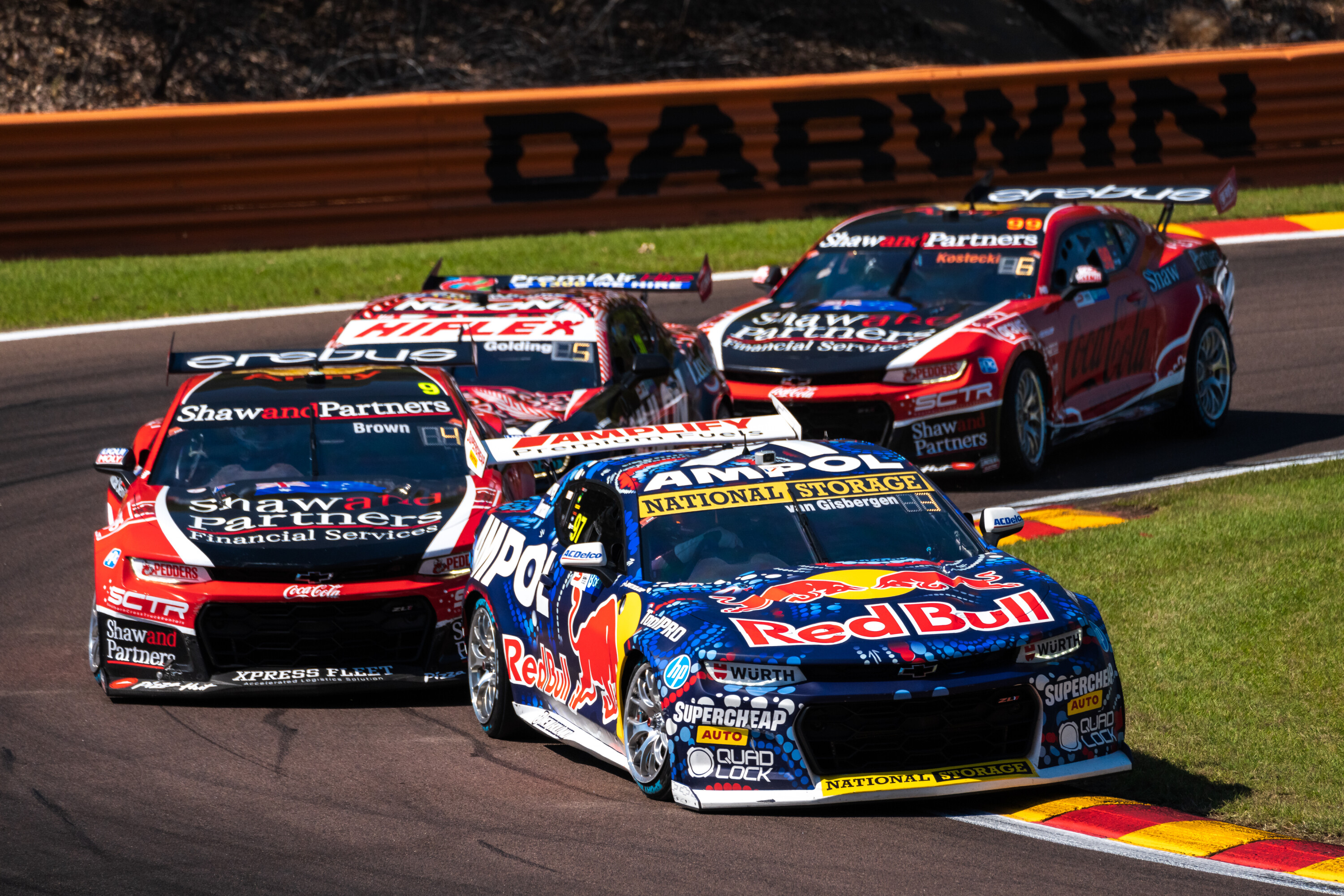
Richard talks about SunSwit’s relationship with Audi on a marketing level, though regrets it’s not a technological one: “We absolutely should be researching technology within the team and have the likes of Audi saying: ‘Oh, my God, you’re using X, can we work together on that?’ and that’s not quite happening.
Although the team is focused on winning this year’s Bridgestone World Solar Challenge, the next Sunswift iteration is already in the works. Sunswift 8 is a whole new concept; Richard explains that it’s about a quarter way through development and features little-to-no carbon fibre (instead, more sustainable, affordable alternatives) in the construction of its modular platform that will integrate battery-electric, solar, and hydrogen fuel-cell technology.
Rather than slaving to regulations and minimal consumption, Richard’s plan is for Sunswift 8 to lay the blueprint for everyday usable performance cars – think the future BMW M3 or Audi RS4. A car that’s engaging and effortlessly capable on the racetrack yet able to collect the kids in the afternoon, all without emitting a single gram of carbon dioxide.
We recommend
-
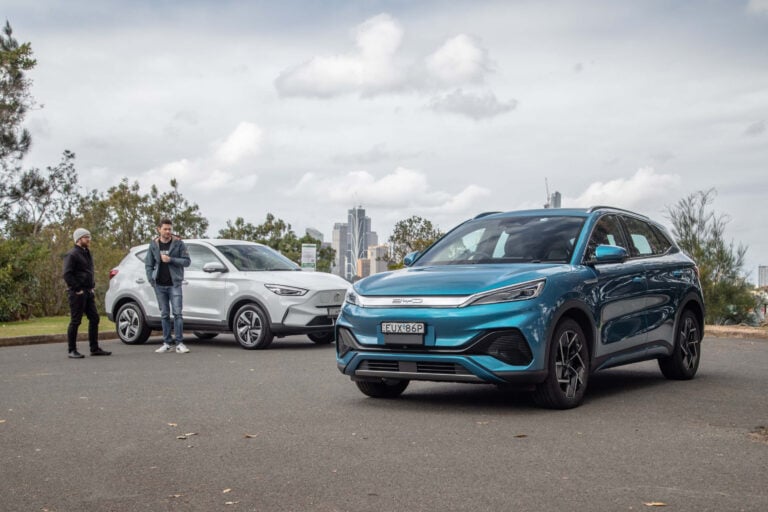 Advice
AdviceIs it time to buy an electric car? Crunching the numbers!
Is the tide turning for EVs? We've crunched the numbers on how much you could save by making the electric switch
-
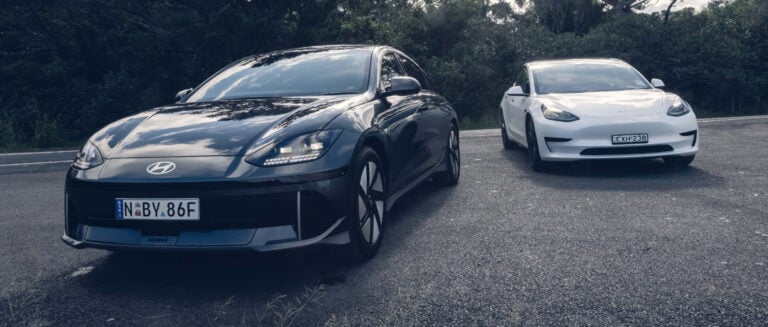 Comparisons
Comparisons2023 Tesla Model 3 RWD vs Hyundai IONIQ 6 comparison review
Korea’s new kid takes a swing at the all-conquering Model 3
-
 News
NewsNew car calendar 2026: All the new cars coming to Australia next year
Here’s the WhichCar by Wheels guide to all the new cars that will launch in Australia in 2026. Check back in regularly for updates...


